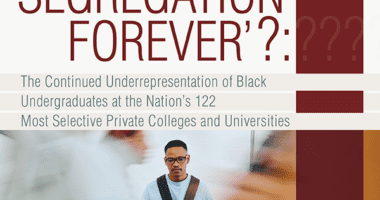Many Colleges Aren’t Doing Enough to Fulfill the Promise of the Pell Grant Program
Several recent reports have estimated a significant gap in the college completion rates of the low-income students who receive federal Pell Grants and other college students, leading some to question the effectiveness of this investment of taxpayer dollars. But, according to a new report and online data tool we’re releasing today, the average graduation gap between Pell and non-Pell students at the institutional level is much smaller: only 5.7 percentage points. (And more than a third of four-year colleges and universities have even smaller gaps or no gaps at all.) These data deliver a powerful blow to those who question whether taxpayer dollars are being wasted or whether most low-income students are capable of completing college.
Additionally, the report compares the graduation rates for Pell recipients (51 percent) with non-Pell recipients (65 percent) at 1,149 public and private colleges and universities and finds that the national gap in graduation rates is as much a problem of where students enroll as it is to the differences in success between Pell and non-Pell students. To learn more, see the full report, The Pell Partnership: Ensuring a Shared Responsibility for Low-Income Student Success, and data tool — which allows you to search by institution — here: edtrust.org/resource/PellGradRates









